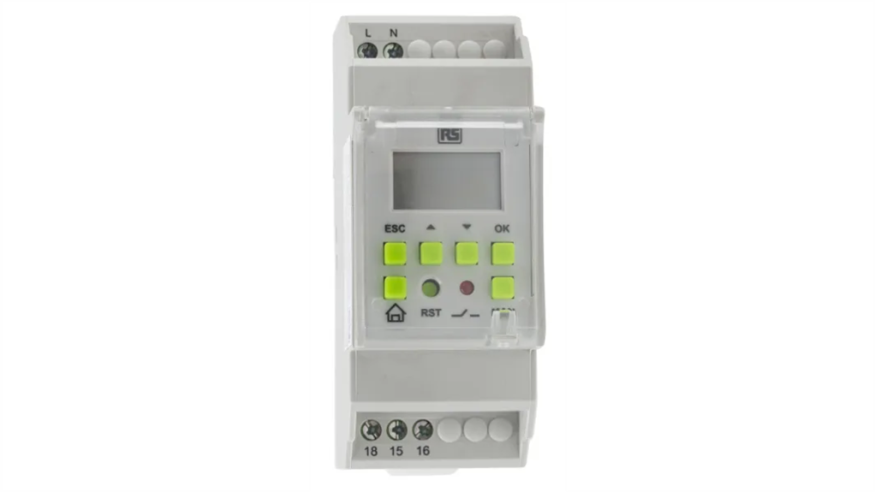When it comes to automation, the key is to ensure continued efficiency. Without the proper tools in place, that becomes a greater challenge than one would think. A key component behind automation control is the time switch.
Mechanical time switches from RS are essentially timer systems that have many different applications. They can be used to control and program various systems that range from home to industrial use. Learning more about their various types and uses ensures being able to use them effectively in the future.

What Is a Mechanical Time Switch?
To put it simply, this is a timer system that can be used for a variety of things. In a residential setting, they may be used to regulate electrical consumption. Businesses use them to control when things like lights and signage remain operating, keeping costs under control.
They can also be used in digital and mechanical senses to help provide convenience and consistency in those fields. Each time, a switch has come with different uses and interfaces. Additionally, each time switch has its own features, so it is important to know what kind of switch you need and how to use it.
Different Types of Time Switches
There are different types of time switches to choose from as well: digital, mechanical, and photocell, for instance. These technological advances each offer their own distinct advantages depending on the intended usage.
Digital Timer Switch
Digital time switches are generally powered by an electrical connection, DC or AC in nature. The central component here is a microcontroller, which means that there aren't any actual moving or mechanical parts within the device.
These have buttons on the interface that make them easy to use. Intervals for specific activities and tasks can be adjusted easily, providing exceptional versatility and accuracy. Some even have more comprehensive settings that allow for specific customizations to be made, further improving the usefulness of these devices.
Mechanical Timer Switch
Also called a mechanical timer (or sometimes an analog timer), this is the basic model when it comes to time switches. These use physical components, things like gears and springs, in order to set the timing. These are meant to be manually adjusted and are generally being phased out.
The good news about these is that they are cheap and easy to set. The downside is that they tend to be not only bulky but also require more manual intervention than a digital time switch. These are starting to be phased out, especially in settings where automation is becoming more of an objective.
Photocell Timer Switch
These can be a bit tricky because they operate the devices that they control based on how much ambient light is present. These sensors have either a photodetector or an optical sensor that tracks how much light is there (think your vehicle's lights). Lights typically come on when it's dark, going off again when there is enough ambient light.
Photocell timers are generally for street lights and automotives, but there are some industrial and automation uses as well. Businesses can use them to set up security lights, and they are highly convenient.
In the end, the right kind of time switch comes down to the use. Digital timer switches are the most common because they offer the greatest convenience and coverage possible. For industries where automation is becoming a driving factor, these switches are key components to make all of that possible. For more niche uses, photocell and mechanical time switches can be applicable and suit you just as well. Do your homework in order to choose the right time switch based on the application.
© 2025 ScienceTimes.com All rights reserved. Do not reproduce without permission. The window to the world of Science Times.












